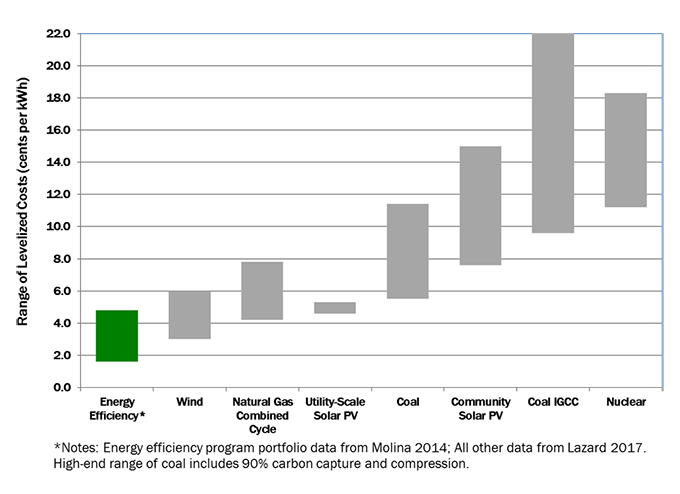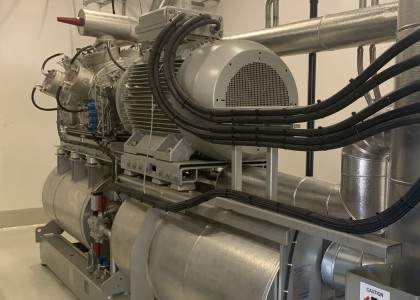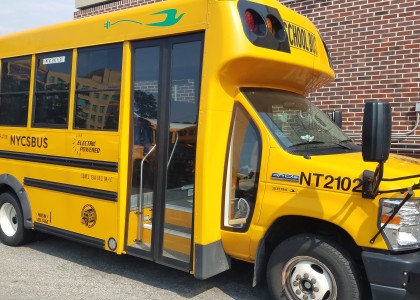Keeping the lights on for customers is every electric utility’s top priority. To do so, utilities have choices. They can build power plants to convert fossil fuels to energy. They can capture renewable resources like solar and wind. And they can work with their customers to more efficiently use energy, meeting demand by saving energy rather than generating it.
ACEEE research has shown a dramatic growth in energy efficiency’s role in the electric sector. We estimate that today it’s the United States’ third largest electricity resource – contributing more to our grid than nuclear power. But it’s not just one of our most common resources, it’s also typically the lowest-cost way to meet customers’ energy needs. New data by Lazard on levelized costs of electricity supply resources released in November 2017 confirms that by helping customers install efficient appliances, insulate their homes and buildings, and refine operations and maintenance practices, utilities are still investing in the lowest-cost energy resource out there.
Levelized Cost of Electricity Resources
Energy efficiency investments aimed at reducing energy waste cost utilities two to five cents per kilowatt hour (an average of about three cents), while generating the same amount of electricity from sources such as fossil fuels can cost two to three times more. It isn’t a surprising result that energy efficiency continues to stack up as the lowest-cost resource. Recent research from ACEEE found that even among utilities achieving the highest levels of electricity savings from efficiency, the cost of saved energy has remained consistently low. Lawrence Berkeley National Laboratory (LBNL) has found similar results.
Investments in energy efficiency can have a big effect. In fact, the investments we’ve made in energy efficiency between 1990 and today have helped us to avoid building the equivalent of 313 large power plants and have delivered cumulative savings of nearly $790 billion to customers across the country.
Energy efficiency has a host of other benefits, too. It’s clean, readily available, and reliable. It can increase comfort in homes and offices, and spur economic development in cities and towns. Utilities that invest in energy efficiency do so because it makes financial sense for them, but the payoffs accrue to everyone.
For more on the cost of energy efficiency, see ACEEE research including The Best Value for America’s Energy Dollar: A National Review of the Cost of Utility Energy Efficiency Programs and Big Savers: Experiences and Recent History of Program Administrators Achieving High Levels of Electric Savings.





